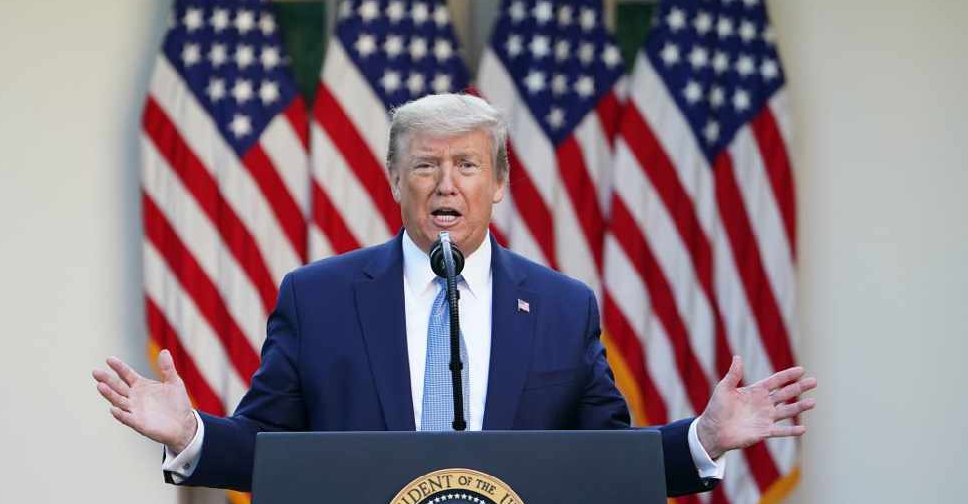
The UAE central bank cut the base rate applicable to the overnight deposit facility (ODF) by 50 basis points, following a historic cut in interest rates by the US Federal Reserve on Wednesday.
Effective from Thursday, the UAE central bank cut is from 5.40 per cent to 4.90 per cent, reducing the cost of borrowing money including personal loans, mortgages and credit cards.
Consumers can expect to pay less interest, subsequently reducing monthly repayments.
Mortgage rates are set to be lower for 2024 making the real estate market more accessible to people.
The US dollar rose broadly on Thursday, recovering from an earlier tumble in the immediate aftermath of the Federal Reserve's outsized interest rate cut that had been largely priced in by markets.
On Wednesday the US central bank on Wednesday kicked off its monetary easing cycle with a larger-than-usual half-percentage-point reduction that Chair Jerome Powell said was meant to show policymakers' commitment to sustaining a low unemployment rate now that inflation has eased.
While the size of the move had been anticipated by investors in part due to a slew of media reports pointing in that direction ahead of the decision, it defied the expectations of economists polled by Reuters, who were leaning toward a 25-basis-point cut.
Still, markets reacted in a typical "buy the rumour, sell the fact" fashion that kept the dollar on the front foot in early Asian trade. It rebounded from a more than one-year low against a basket of currencies in the previous session and was last marginally higher at 101.03 USD.
Against the yen, the greenback gained 0.58 per cent to 143.12 JPY. The euro EU fell 0.04 per cent to $1.1113, away from a three-week high hit in the previous session.
Fed policymakers projected the benchmark interest rate would fall by another half of a percentage point by the end of this year, a full percentage point next year and half of a percentage point in 2026, though they said the outlook that far into the future is necessarily uncertain.



 Disney settles suit over women's pay for $43 million
Disney settles suit over women's pay for $43 million
 Etihad Airways adds ten new destinations for 2025
Etihad Airways adds ten new destinations for 2025
 Trump pledges new tariffs on Canada, Mexico, China
Trump pledges new tariffs on Canada, Mexico, China
 UAE and Bahrain finalise ICV programmes procedures
UAE and Bahrain finalise ICV programmes procedures

